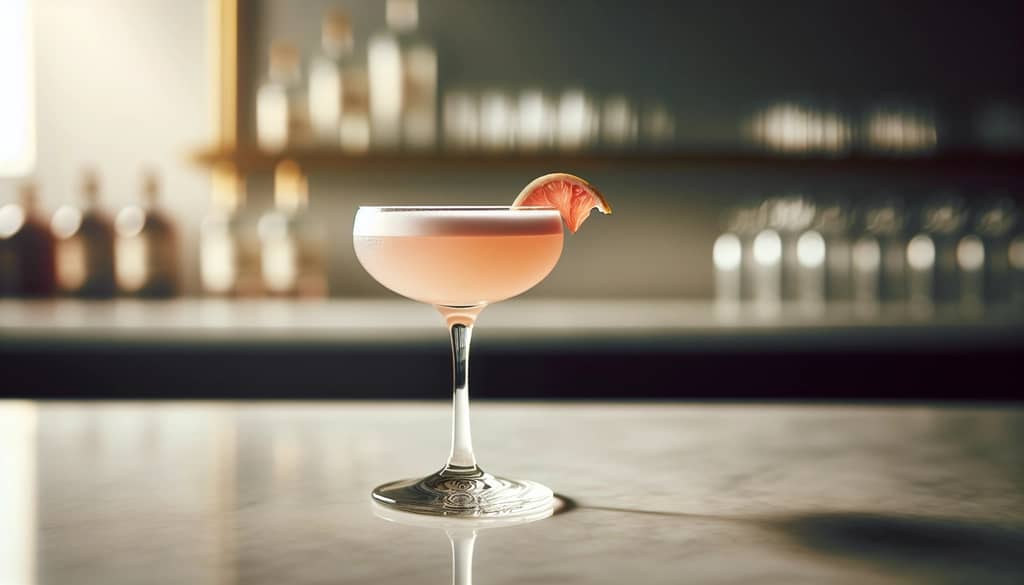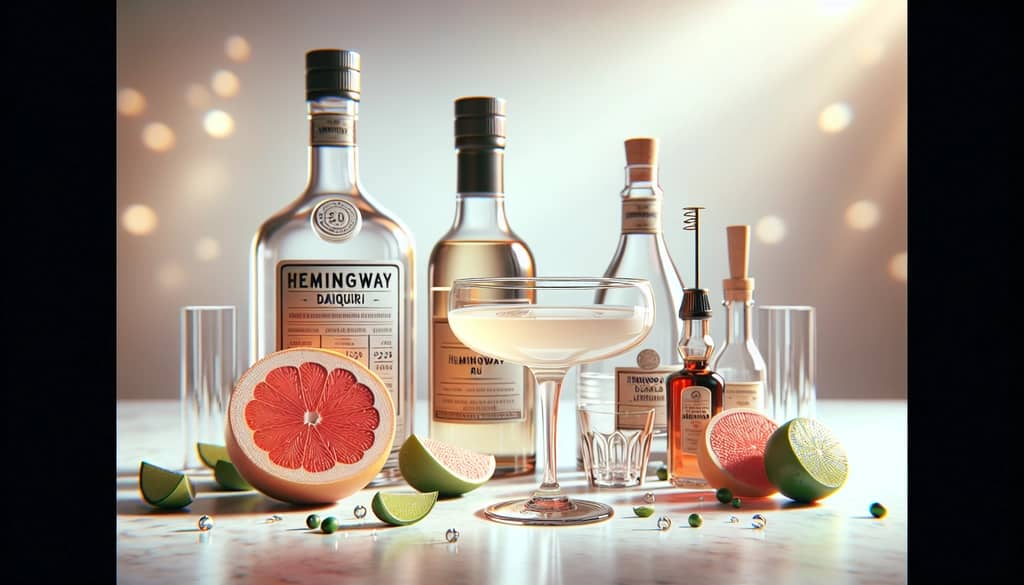Updated on: 6/3/2025
The Story Behind the Hemingway Daiquiri

Few cocktails balance myth, invention, and celebrity quite like the Hemingway Daiquiri. More than just a riff on a classic Cuban drink, its origins stretch through the sun-drenched streets of Havana to the barstool where legendary writer Ernest Hemingway left an indelible mark on cocktail culture.
Ernest Hemingway in Cuba: A Literary Icon's Playground
Ernest Hemingway’s ties to Cuba ran deep. Living on the island for nearly two decades from the 1930s onward, Hemingway’s daily rituals became woven into the rhythm of Havana itself. Mornings were reserved for writing; afternoons, for fishing or socializing. But evenings reliably found Hemingway perched at a marble-topped bar in Old Havana’s legendary El Floridita, famous home of the Cuban daiquiri.
The Birth of the Hemingway Daiquiri at El Floridita
While the standard Cuban daiquiri blends rum, lime, and sugar, Hemingway’s preferred style was anything but standard. Battling diabetes and with a well-known aversion to sugar, he requested his daiquiris without sweetener—and, characteristically, with a stronger kick. Bartender Constantino Ribalaigua, master of El Floridita, obliged, crafting a cocktail just for Papa.
- Instead of simple syrup, he used fresh grapefruit juice for tartness.
- Maraschino liqueur added a delicate cherry-almond lift.
- The rum pour was generous—often doubled.
This creation became known at El Floridita as the “Papa Doble”—Hemingway’s double-strength daiquiri. Over time, a slightly sweeter and more balanced take emerged for general clientele: what we know today as the Hemingway Daiquiri.
Recipe: Crafting an Authentic Hemingway Daiquiri
Today’s Hemingway Daiquiri bridges tradition and drinkability. Dry, tart, and deeply refreshing, it’s a showcase for white Cuban-style rum and fresh citrus, with just enough maraschino liqueur to underscore the drink’s literary pedigree.
- 60 ml white rum
- 30 ml fresh grapefruit juice
- 15 ml fresh lime juice
- 15 ml maraschino liqueur
- Grapefruit twist, for garnish
- Add the rum, grapefruit juice, lime juice, and maraschino liqueur to a shaker filled with ice.
- Shake hard for 10–12 seconds, until the shaker is frosty.
- Strain into a chilled coupe glass.
- Garnish with a thin twist of grapefruit peel.

Cultural Legacy: From El Floridita to Modern Mixology
The Hemingway Daiquiri isn’t simply a period piece—it’s shaped the dialogue around creative cocktail adaptation. By foregrounding dry, tart flavors and using citrus and liqueur as balancing agents, it helped popularize a new approach to daiquiris far beyond Cuba.
- Bartenders worldwide point to the Hemingway Daiquiri as a template for personalized twists: switching citrus, playing with the rum base, or adjusting the sugar balance.
- Its lore fuels cocktail menus from Miami to Tokyo, blending nostalgia, literary reverence, and respect for measured, ingredient-driven technique.
Most importantly, the cocktail embodies the spirit of Hemingway himself—distinct, unapologetic, and enduring. Sipped in good company, it offers a taste of Havana’s golden era and the enduring power of creativity behind the bar.